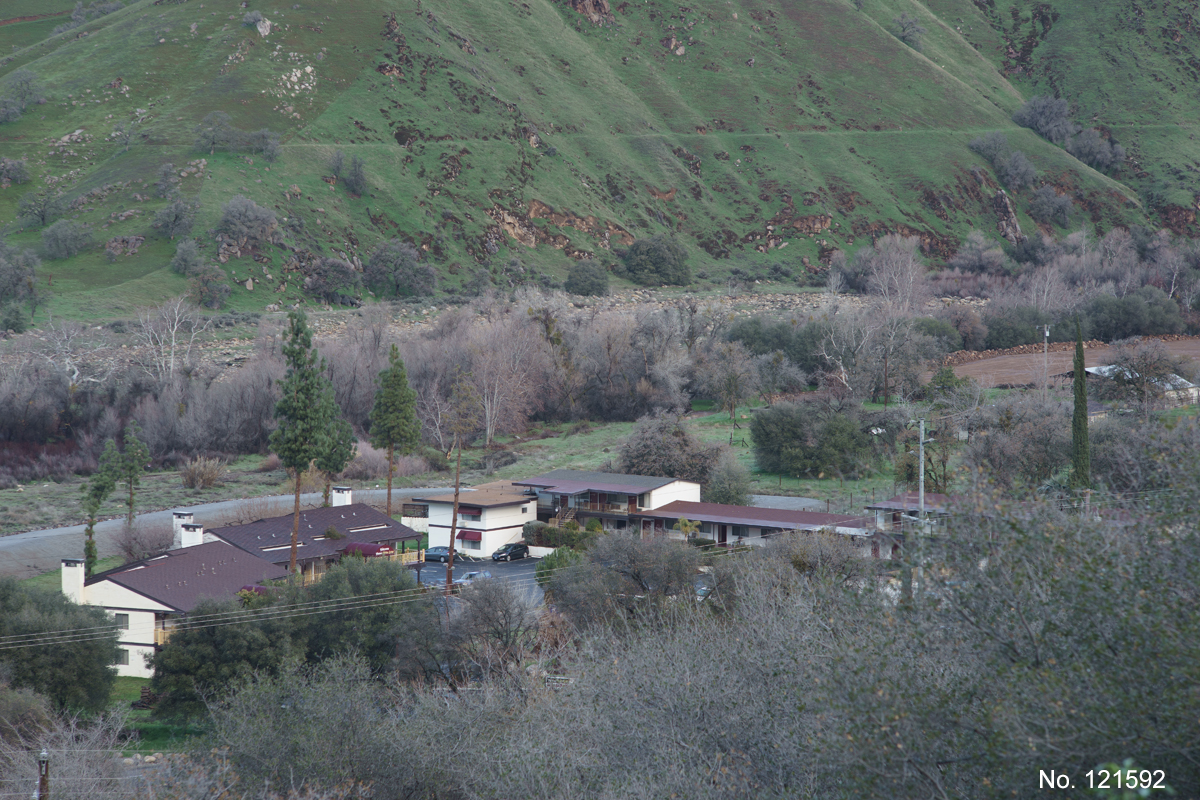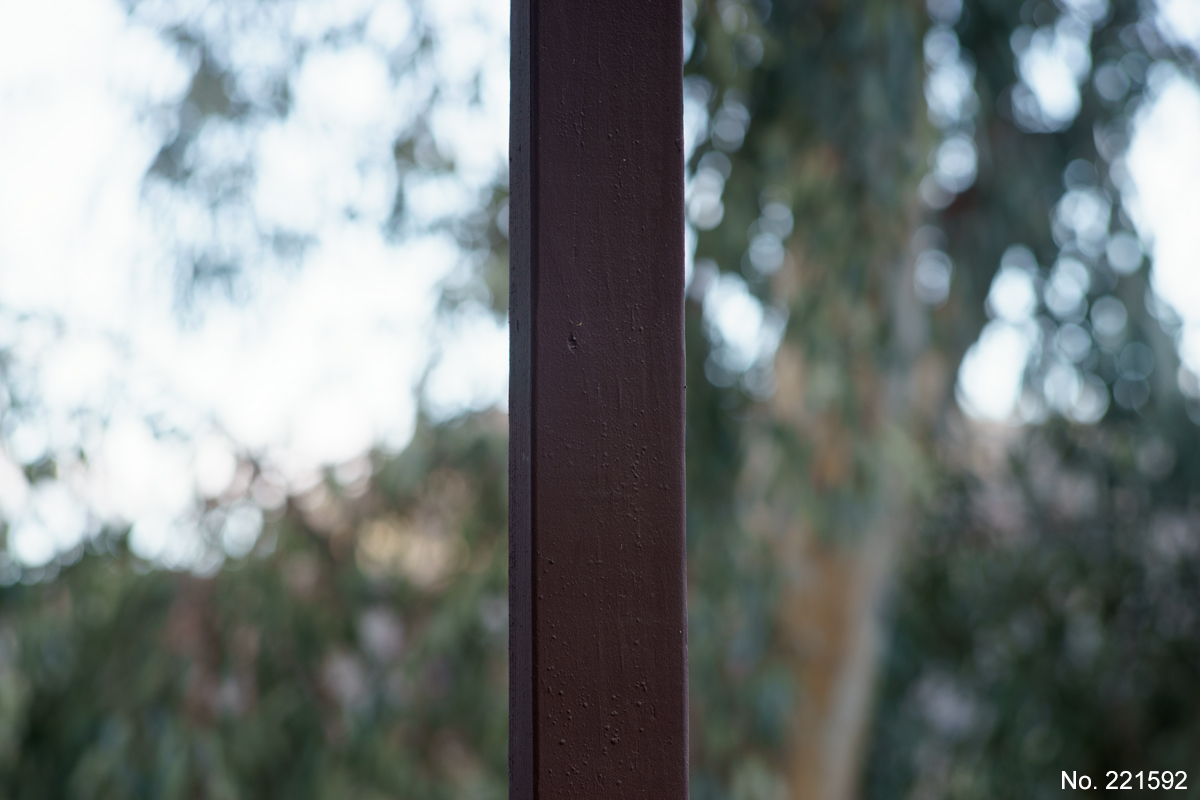
| Darin McQuoid | Blog | Reviews | Tutorials | River Directory |
Aperture effect on
background blur.
Previously I looked at
the Nikon Nikkor 105mm f/2.5 AiS side by side with the older sonnar
design Nikkor-P 105mm f/2.5. At the end of that look, one of my largest
dissapointments with the old lens was the six bladed aperture and how
it handles point sources of light.
There
is some arguement on the internet about the effect of the number of
aperture blades in regards to the out of focus rendering of lenses, aka
bokeh. Generally though it's apples vs oranges as each lens has a
rendering style unique to its design. As it happens in 1959 Nikon used
a 5 element in 4 group design for their new F-mount Nikkor 10.5cm
f/2.5, a design slightly modified from their 1953 rangefinder lens of
the same specifications. Roughly 5,000 of the earliest f-mount 10.5cm
f/2.5 lenses had nine aperture blades. That sounds like a lot of
lenses, except in the next ten years Nikon made about 162,000 lenses
with identical optical design, yet with only six aperture blades. It
was not easy to find a copy of the lens with nine aperture blades at a
decent price, but eventually it did happen.

This
copy was quite beat up
and needed hours of work just to fuction again. On top of that, lenses
of this age do not get along well with Nikon to Sony adapters. I
couldn't get this lens to reach infinity focus, because the aperture
ring is too long. Eventually after shortening the mount adapter and the
aperture ring it reaches infinity on the Sony A7. Now to look at how it
handles out of focus scenes compared to the six bladed version.

Both lenses at f/5.6 with identical white balance. Interesting to see how the coloring rendering is slightly different to either the coatings or because the older lens has cleaning scratches on the front element (they only show if you fog the front element).

A tree provides the background at f/4. This is a tough situation for any lens, but the bonus of nine aperture blades is apparent. Better coatings on the newer lens help contrast.

At night the difference between the two is obvious at f/8.

With a more simple background, here an old cabin, there is no difference at f/4.

A modest difference, yet not too apparent, both lenses at f/4.

On an overcast day, vegetation is still a troubling background with six aperture blades.

